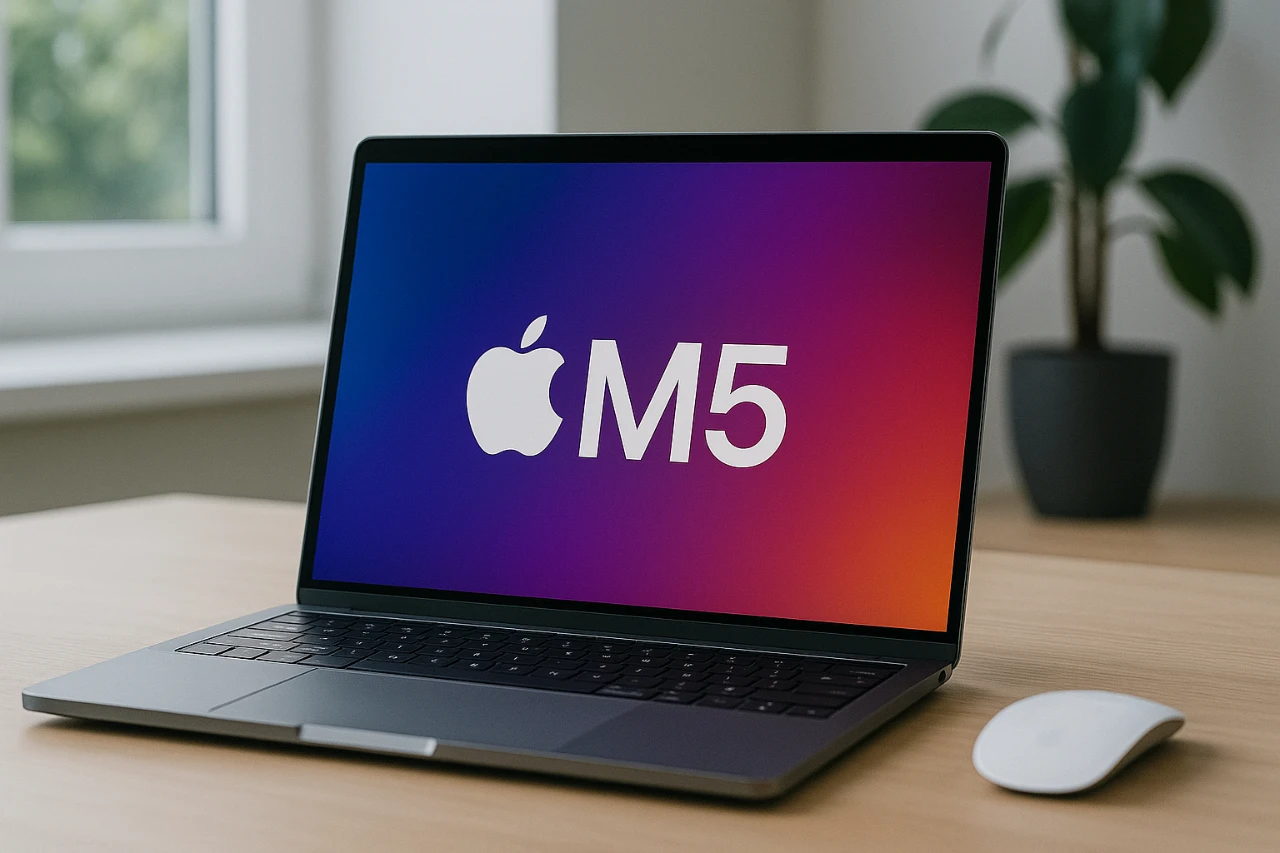
Apple’s highly anticipated M5 MacBook Pro is poised to make waves in the tech world, offering significant internal upgrades while maintaining its signature design. Scheduled for release in early 2026, this next-generation laptop is expected to deliver a notable boost in performance, enhanced graphics capabilities, and expanded storage options. While the external design remains largely unchanged, Apple enthusiasts can look forward to a device that prioritizes functionality and reliability. However, major innovations like OLED displays are reserved for future models, leaving the M5 MacBook Pro as a transitional yet powerful addition to Apple’s lineup. Pricing adjustments, influenced by global economic factors, are also expected, making this release a pivotal moment for Apple’s loyal user base. The video below from Matt Talks Tech gives us more details on the rumored M5 MacBook Pro.
Design: Familiar, Functional, and Purposeful
For those anticipating a bold redesign, the M5 MacBook Pro will feel comfortably familiar. Apple has chosen to retain the sleek and professional design of the M4 MacBook Pro, making sure compatibility with existing accessories and maintaining the aesthetic consistency that users have come to appreciate. This decision reflects Apple’s focus on practicality and user experience, rather than aesthetic overhauls.
While OLED display technology has been a topic of speculation, it will not feature in the M5 MacBook Pro. Instead, Apple will continue to use its Liquid Retina XDR display, which has proven to deliver excellent color accuracy, brightness, and contrast. OLED screens are expected to debut with the M6 Pro and M6 Max models in 2027, leaving the M5 MacBook Pro as a reliable option for users who value a proven display technology.
M5 Chip: A Leap in Performance
At the core of the M5 MacBook Pro lies its new M5 chip, which promises a 25% performance improvement over the M4. This advancement is achieved through optimized efficiency and speed, making sure smoother multitasking and faster processing. The chip retains the six efficiency cores and four performance cores of its predecessor but enhances their capabilities for better energy management and overall performance.
The GPU also sees a significant upgrade, featuring 12 cores compared to the 10 cores in the M4. This improvement is designed to handle demanding tasks like video editing, 3D rendering, and advanced simulations with greater ease. These enhancements make the M5 MacBook Pro a compelling choice for professionals and creatives who require a high-performance machine for resource-intensive applications.
RAM and Storage: Meeting Professional Demands
Apple is addressing the growing needs of its users by offering expanded memory and storage options in the M5 MacBook Pro. While the standard RAM configuration remains at 16GB, users can now opt for 24GB or 32GB configurations, providing greater flexibility for those working with memory-intensive applications.
Storage capacity also sees a significant upgrade, with the baseline model now offering 1TB of storage, double the 512GB available in the M4. This increase caters to professionals who need ample space for large files, creative projects, and complex software. These upgrades reflect Apple’s commitment to delivering devices that align with the evolving demands of technical and creative users.
Release Date and Pricing: What to Expect
The M5 MacBook Pro is expected to launch between January and March 2026, aligning with Apple’s typical release schedule. This timing positions the M5 MacBook Pro as one of the company’s flagship products for the year, alongside other anticipated releases like the M5 iPad Pro and Vision Pro, which are expected to debut in late 2025.
Pricing for the M5 MacBook Pro is likely to reflect broader economic trends. The starting price of the current M4 MacBook Pro is $1,599, but inflation and tariffs could push the base price of the M5 model to $1,650–$1,700. While this increase may seem modest, it underscores the impact of global economic conditions on consumer electronics. For many users, the enhanced performance, improved graphics, and increased storage may justify the higher price point, though it could influence purchasing decisions for those evaluating the value of incremental upgrades.
Looking Ahead: A Bridge to Future Innovations
The M5 MacBook Pro represents a strategic step forward for Apple, offering meaningful internal upgrades while maintaining the design consistency that many users value. With its upgraded M5 chip, enhanced GPU, and expanded storage, the device is well-suited for professionals and creatives seeking a reliable, high-performance laptop.
However, the absence of OLED displays and the potential price increase may give some users pause. As Apple continues to refine its product lineup, the M5 MacBook Pro serves as a bridge to future innovations, setting the stage for the M6 series and beyond. For those seeking a balance between performance and reliability, the M5 MacBook Pro is shaping up to be a compelling option.
- Retains the familiar design, ensuring compatibility with existing accessories.
- M5 chip delivers a 25% performance boost, enhancing speed and efficiency.
- GPU upgrade to 12 cores supports demanding professional tasks.
- Baseline storage increases to 1TB, catering to creative and technical users.
- Launch expected in early 2026, with pricing adjustments reflecting economic trends.
- OLED displays reserved for the M6 series, expected in 2027.
Here is a selection of other guides from our extensive library of content you may find of interest on the M5 MacBook Pro.
- MacBook Pro: Get Ready – November 2025 Release LEAKED
- MacBook Pro OLED Details LEAKED! Insider Info You NEED
- 2025 MacBook Pro with M5 Chip: Features, Specs, and Pricing
- MacBook Pro M5 Release Date, Specs, and Features Explained
- MacBook Pro Release Date, Pricing, and Features Revealed
Source & Image Credit: Matt Talks Tech
Latest Geeky Gadgets Deals
Disclosure: Some of our articles include affiliate links. If you buy something through one of these links, Geeky Gadgets may earn an affiliate commission. Learn about our Disclosure Policy.